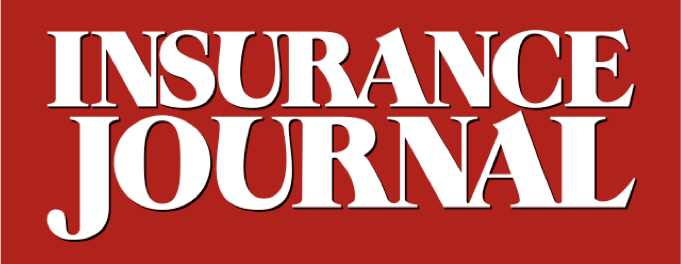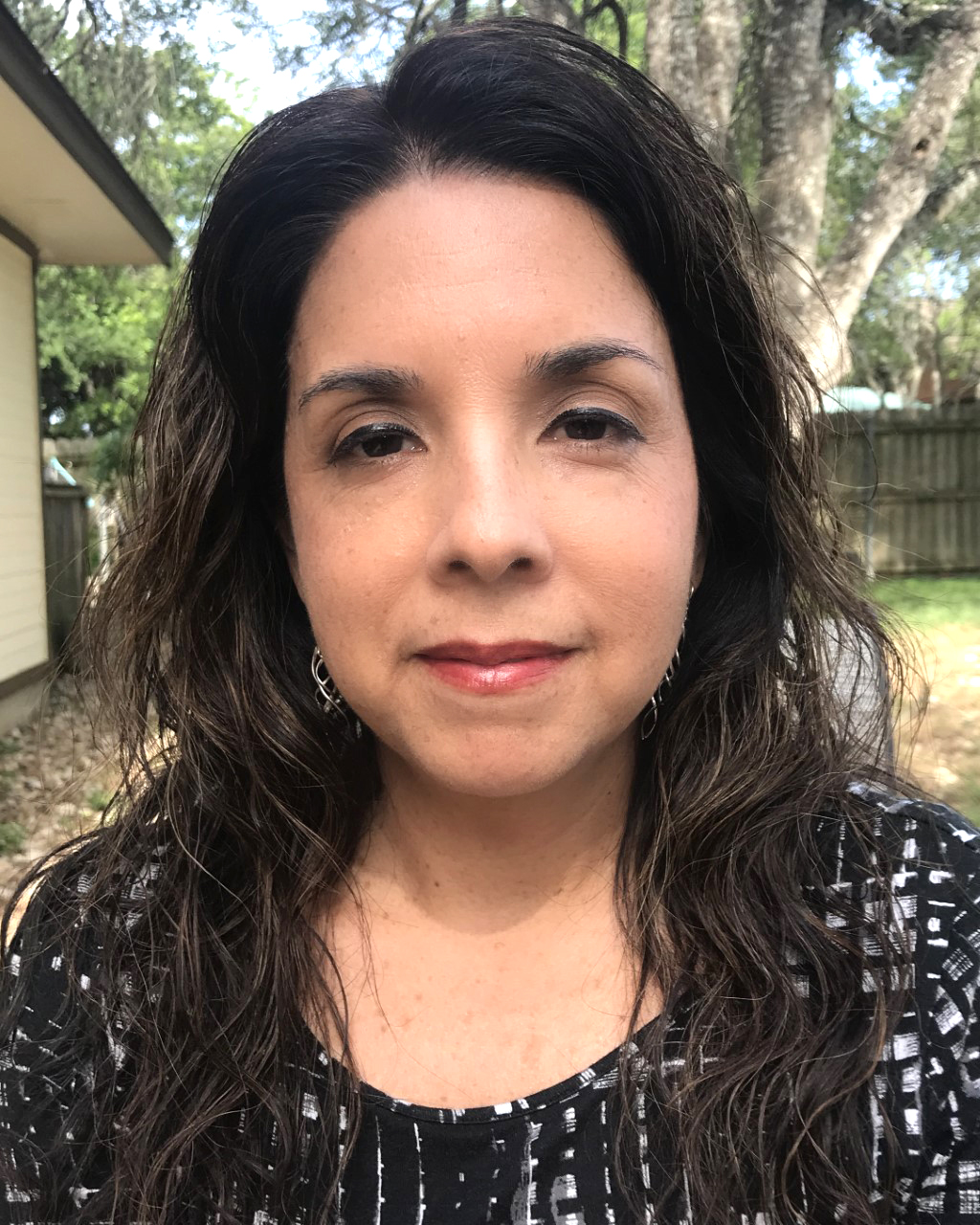Finding the right partner can help make or break a business. That’s also true of finding the right agency partnership or network, especially as market cycles change and what agents need from a partner changes, as well.
Market cycles like a hard market don’t last forever, of course. But some agents don’t make it out of a hard market. Those in an agency partnership or network stand a better chance of surviving.
“Networks are invaluable to an agency in a hard market,” said Robert A. Bondi, CEO of Renaissance. “Agents are dealing with uncharacteristically high rate increases as carriers focus on their profitability, making it more difficult for agencies to renew business. A network can help by providing agencies with more market options than they would have on their own.”
Bondi told Insurance Journal that quality networks also provide expertise to agents, helping the agent think through each risk to find the most appropriate market.
Matt Masiello, CEO of SIAA says that hard markets — when rates are much higher than usual and coverage availability might be restricted or even unavailable — are challenging but needed in the insurance business.
“Our insurance companies needed rate, they needed to build capacity, they needed to be healthy, they needed to build surplus, they needed to get caught up on loss costs and weather challenges,” Masiello said. “And distribution needs healthy insurance companies,” he said. Distribution needs healthy partners. “We have to help our customers, but it’s also our job to help our carrier partners be successful.”
The hard market drives higher premium volume for agencies, but it also drives up membership in agency networks, says Andrew Caldwell, president of Smart Choice.
“For a lot of agency networks, they’re going to see some record recruitment because in hard markets carriers typically shutter — they don’t do a ton of new appointments so that drives agents to networks like ourselves and we all see a lift,” Caldwell said. Smart Choice added more than 1,400 new members in 2023 and is on pace to add close to 1,800 in 2024. “We are not slowing down.”
The reality is that eventually hard markets soften.
“One thing I tell everyone is they (hard markets) are finite. They don’t last forever,” Masiello said. “We just hadn’t seen one in 10 or 15 years.”
E&S — A Necessity
Reliance on the excess and surplus lines market became a necessity during the past several years and agency networks that were able to facilitate E&S options for members excelled, according to Bondi.
Across the board, due to the pullback of carrier appetite among many standard insurance markets, the E&S market has clearly been exploding, Bondi said.
“Networks that are able to work effectively with their broker partners or wholesalers — as they do with their carriers — are the networks that agencies should gravitate to,” he said. “Particularly in a hard market, there’s no choice for an agency but to embrace brokers — and, as a network, to provide your members a robust panel of (wholesale) brokers to choose from. It’s vital that networks are able to provide that option to their member agencies.”
Hard Market Challenges
While they can help agencies through the cycles, agency networks themselves can face challenges in a hard market. And although a number have grown quite a lot during this hard market, others have struggled.
According to Masiello, over the past decade, new networks started up “as private equity discovered the distribution space.” Those agency networks that struggled over the past several years of the hard market were groups that offered few services and support beyond market aggregation, Masiello said.
Bondi offered a similar view. “When you think about traditional network development in the early 2000s, it was all about market access and enhanced compensation,” Bondi said. “Networks that only provide those two things today are somewhat limited in the value they provide to their agency members.”
Carriers, too, are beginning to question the value that they receive from this model, according to Bondi. “If you consider more developed networks that are investing in service capabilities, whether that be through technology solutions or through individual resources to help a member solve certain problems, those networks are the ones that are truly differentiated and will dominate the network space as time passes.”
Compensation also is more closely scrutinized in a hard market. “All carriers have had financial challenges in this hard market,” Bondi said. When a carrier is paying higher enhanced compensation to a network, that carrier expects the network’s members to help drive profitable business to them, he added.
It’s natural for carriers to question the value they receive from a network, Bondi said. So, a big challenge for networks going forward will be demonstrating the value they provide to their carrier partners.
“It’s more important than ever for networks and carriers to work together at trying to get through this difficult market and drive additional profitability to all entities in the value chain,” Bondi said.
To do that effectively, a network needs to have insight into its members’ books of business so that it can drive the right business to the right carrier and satisfy their relevant appetite, he added.
Smart Choice’s Caldwell added that smaller agency networks might be tied to only one or two carrier partners. “So, you have a couple bad years in a row and typically those regional carriers, they say, ‘We got to shut you down,'” he said. “Larger networks, your more sophisticated networks, they’ve got a bevy of carriers, and they can switch to the ones that are on ‘green.’ They keep market access open for their agents, but they’re also teaching their agents.”
That teaching might mean helping network members with strategies that focus on organic growth and even stepping in to help develop profitability action plans when members need extra support, said Keith Captain, president of FirstChoice, a MarshBerry Company.
“We talk a lot to our members and say, ‘Don’t get comfortable because your premiums are going up, because your customer (count) might be going down,” Captain said. “You need to focus on your policies in force (PIF) growth more than your premium growth.”
This means helping agency network members with things like “producer training and strategic planning efforts, technology, education — all these other things with a focus on growing PIF, not just growing the premium,” Captain said. Because agencies won’t see the same high premium increases they have seen during the past few years of the hard market going forward, he added.
Recent industry reports already reveal a softening of commercial property/casualty premiums. According to The Council of Insurance Agents & Brokers’ (CIAB) most recent quarterly survey, commercial lines premium increases in the second quarter 2024 were flat or down from the previous quarter for all lines of business.
Premiums are still up slightly overall. Premiums across all account sizes increased an average of 5.2% during the second quarter, down from an average increase of 7.7% in the first quarter, the survey revealed. This marked the 27th straight quarter of average premium increases, according to CIAB.
Captain predicts that while rate increases will continue in 2025, the rate of increases will be more marginal. “Carriers do want to get back to growing just like everyone else does. But they’re not willing to sacrifice profit.”
‘Best Year Ever’
Even though market changes may be on the horizon, and a shift in the market cycle is inevitable, independent insurance agencies are doing rather well, says Steve Pearson, president of ISU Steadfast. But he agrees that agency networks that do not offer more than market access have suffered throughout the hard market. At the same time, independent insurance agencies have grown significantly even in extremely challenged geographical areas.
“Most of our members have had their ‘best year ever’ for the past five years,” he said. That trend began in 2019, and each year thereafter has topped the previous year. Even with fewer insurance markets available in some regions, premium rates overall have escalated enough to push overall agency income up, he said.
Agency networks ranked on Insurance Journal’s annual listing of Top 20 Agency Partnerships are growing, as well. All 20 agency partnership groups/networks grew their reported total property/casualty revenue from 2022 to 2023. Some even grew through merger and acquisition activity by purchasing their member agencies or other agency network groups.
ISU Steadfast
In October 2023, Steadfast Group, the largest general insurance broker network and underwriting agency group in Australasia, acquired ISU Group to expand the organization into the United States.
After 40 years, ISU’s private ownership sought ways to perpetuate the agency network but wanted to find the right kind of buyer that fit best. Pearson said that Steadfast held a similar culture to ISU.
“Ownership was looking very specifically for some type of cultural match where the values of the buyer would match the values that ISU has perpetuated for over 40 years,” he said. Steadfast met that match, he said.
“They are the largest agency network in Australia and were formed similar to ISU with about 40 independent agencies who saw the big national players coming into their marketplace and they realized that if they didn’t band together in some way they would probably be moved out or lose any influence in the Australian marketplace,” Pearson said. “So, 40 agents got together and said, ‘We want to form a network that will allow us to have the strength and resources at scale of a larger organization’ — similar to ISU.”
Most important, like ISU, Steadfast’s agency members remained independent. There are no “handcuffs,” Pearson said. Members can quit the network at any time without penalty. When agency members can leave the network at any time without penalty, the dynamics of the partnership change, Pearson said. “You respect each other, you are working toward a common goal, and one isn’t subordinate to the other,” he said.
“We saw Steadfast immediately as a stable partner built by insurance professionals, operated by insurance professionals,” Pearson said. “And that fit with our culture of being agent first in everything we do and also the way we work with our carrier partners.”
Was this article valuable?
Here are more articles you may enjoy.


 Chubb, The Hartford, Liberty and Travelers Team Up on Surety Tech Launch
Chubb, The Hartford, Liberty and Travelers Team Up on Surety Tech Launch  Brookfield Targets Global Dominance in P/C Insurance Coverage
Brookfield Targets Global Dominance in P/C Insurance Coverage  Death of Teenager on Carnival Cruise Ship Ruled a Homicide
Death of Teenager on Carnival Cruise Ship Ruled a Homicide  Acrisure CEO Greg Williams Makes $400M Commitment to Michigan State University
Acrisure CEO Greg Williams Makes $400M Commitment to Michigan State University 



